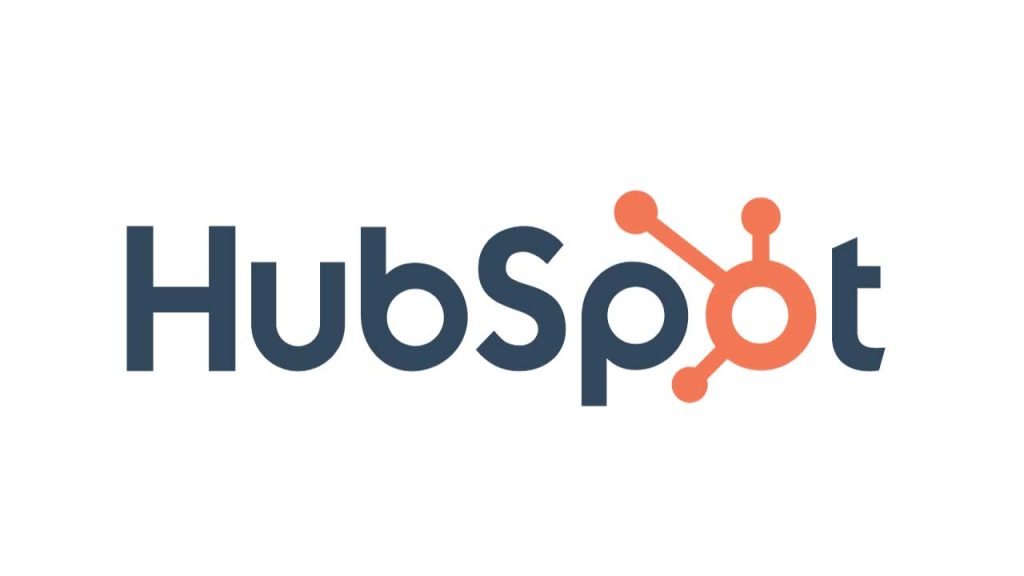In the fast-paced world of digital marketing, efficiency is everything. With the right tools, you can optimize your marketing efforts, automate tedious processes, and drive more leads and conversions—all without increasing your workload. HubSpot, a leading CRM platform, is known for its all-in-one capabilities across sales, marketing, customer service, and content management. But what truly sets HubSpot apart is its ability to integrate seamlessly with a wide variety of other tools, enhancing your marketing efforts and helping you achieve a higher return on investment (ROI).
Here are five essential HubSpot integrations to boost your marketing strategy and maximize ROI:
Zapier: Automate tasks by connecting HubSpot with thousands of apps.
Google Ads: Track ad performance and link leads and sales directly to campaigns.
Facebook Ads: Sync data to target audiences and improve ad optimization.
Salesforce: Align sales and marketing by syncing data between HubSpot and Salesforce.
Slack: Get instant notifications on leads and deals directly in Slack.

HubSpot is an all-in-one CRM platform designed to help businesses grow through its suite of tools for marketing, sales, customer service, and operations. Whether you’re looking to streamline processes, attract customers, or scale your business, HubSpot’s user-friendly platform offers powerful, integrated solutions to enhance your entire customer journey.
Paid advertising is one of the quickest ways to drive traffic and generate leads. However, without the right tools, it’s easy to burn through your ad budget without seeing a solid return. HubSpot’s integration with Google Ads makes it easier to manage and optimize your ad spend to boost your ROI.
By optimizing your Google Ads campaigns through HubSpot, you’ll be able to allocate your budget more effectively, lowering ad costs and improving ROI.
Social media advertising, especially on platforms like Facebook, is another high-impact strategy for marketers. The HubSpot-Facebook Ads integration allows you to tap into Facebook’s massive audience while maintaining full control of your marketing efforts from within HubSpot.
With Facebook Ads’ advanced targeting and HubSpot’s reporting, you can significantly improve your conversion rates and reduce wasted ad spend, thereby improving your marketing ROI.
Sales and marketing alignment is crucial for driving better ROI, and the integration between HubSpot and Salesforce ensures that these two teams work seamlessly together. Salesforce is a popular CRM platform, and if you’re already using it, integrating it with HubSpot can dramatically enhance your lead nurturing and management processes.
The HubSpot-Salesforce integration helps to bridge the gap between sales and marketing, ensuring that both teams are working from the same playbook to drive conversions and revenue.
Effective collaboration is the key to a successful marketing campaign, and integrating HubSpot with Slack enables your team to stay aligned, make decisions faster, and resolve issues in real time. Slack, a popular messaging platform, becomes even more powerful when combined with HubSpot’s CRM and automation features.
By integrating Slack with HubSpot, your marketing and sales teams can collaborate more efficiently, reducing bottlenecks and ensuring that leads are nurtured promptly, leading to a better ROI.
One of the most versatile integrations for HubSpot is Zapier, a platform that connects HubSpot with over 2,000 other apps. This integration allows you to automate repetitive tasks and streamline your workflow, saving time and boosting productivity.
By automating tasks and integrating other tools with HubSpot through Zapier, you can reduce the time spent on manual tasks and focus more on high-impact marketing activities that drive ROI.
In today’s competitive marketing landscape, leveraging integrations to enhance your HubSpot CRM is essential for maximizing your return on investment. Whether you’re optimizing your ad spend with Google and Facebook Ads, aligning sales and marketing efforts through Salesforce, streamlining team collaboration with Slack, or automating tasks with Zapier, these integrations can drastically improve your efficiency and effectiveness.
By connecting HubSpot with these powerful tools, you not only save time but also ensure that your marketing dollars are working harder for you. Ready to take your marketing to the next level? Get started with HubSpot today and explore how these integrations can help you boost your marketing ROI.